Help understanding quote
jeffery_1965
14 years ago
Related Stories
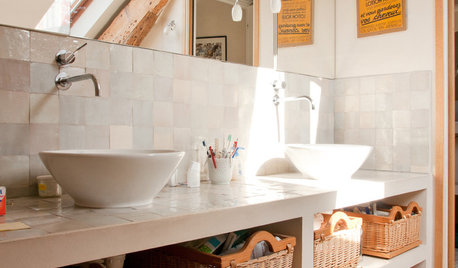
WORKING WITH PROSConstruction Contracts: How to Understand What You Are Buying
Learn how plans, scope of work and specifications define the work to be completed
Full Story
LIFE21 Things Only People Living With Kids Will Understand
Strange smells, crowded beds, ruined furniture — here’s what cohabiting with little monsters really feels like
Full Story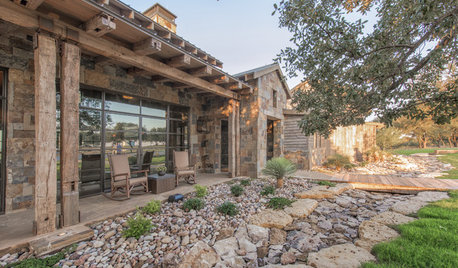
LANDSCAPE DESIGNTo Manage Stormwater Sustainably, Understand Your Site
Follow this guide to learn how water moves through your landscape and how best to manage it
Full Story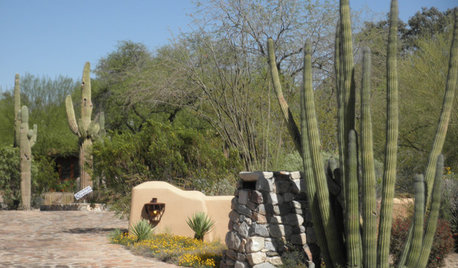
SOUTHWEST GARDENINGUnderstanding the American Southwest's Three Main Climate Zones
If you live in one of the arid or semiarid regions of the U.S. Southwest, this gardening zone guide is for you
Full Story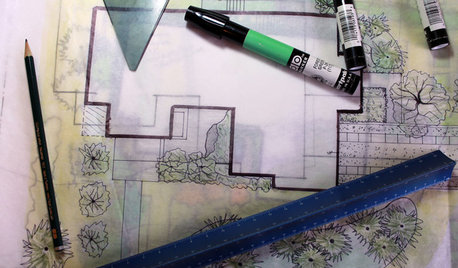
WORKING WITH PROSUnderstand Your Site Plan for a Better Landscape Design
The site plan is critical for the design of a landscape, but most homeowners find it puzzling. This overview can help
Full Story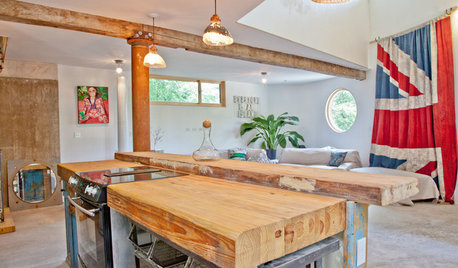
LIFEYou Said It: ‘Yikes, Tough Crowd’ and Other Quotes of the Week
Some of our favorite quotes this week came straight from the Comments section. See the stories and have your own say
Full Story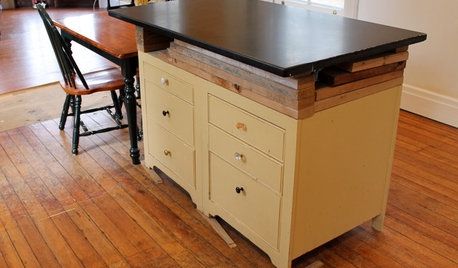
LIFEYou Said It: Memorable Quotes Around Houzz This Week
Share in the design advice, analogies and statements from the Houzz community that have struck a chord
Full Story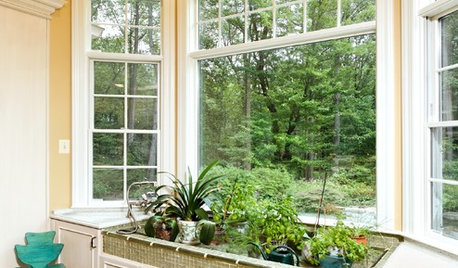
REMODELING GUIDESEnergy-Efficient Windows: Understand the Parts
You can save money and energy with today's windows — but first you need to know all the window parts and types
Full Story
BATHROOM DESIGNKey Measurements to Help You Design a Powder Room
Clearances, codes and coordination are critical in small spaces such as a powder room. Here’s what you should know
Full Story
LANDSCAPE DESIGNNative Plants Help You Find Your Garden Style
Imagine the garden of your dreams designed with plants indigenous to your region
Full Story






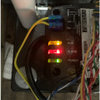
classicdave
jeffery_1965Original Author
Related Professionals
Bell Gardens Solar Energy Systems · Greenville Solar Energy Systems · Ramsey Solar Energy Systems · Melville Solar Energy Systems · Saratoga Springs Solar Energy Systems · Ashburn Home Automation & Home Media · Asheville Home Automation & Home Media · Goldenrod Home Automation & Home Media · Oak Hill Home Automation & Home Media · Port Washington Home Automation & Home Media · Weatherford Home Automation & Home Media · Chelsea Fireplaces · La Habra Fireplaces · Santa Maria Fireplaces · Tooele Fireplacesgoodbyekitty
emarston
jeffery_1965Original Author
emarston
neohioheatpump
classicdave
jeffery_1965Original Author
emarston
emarston